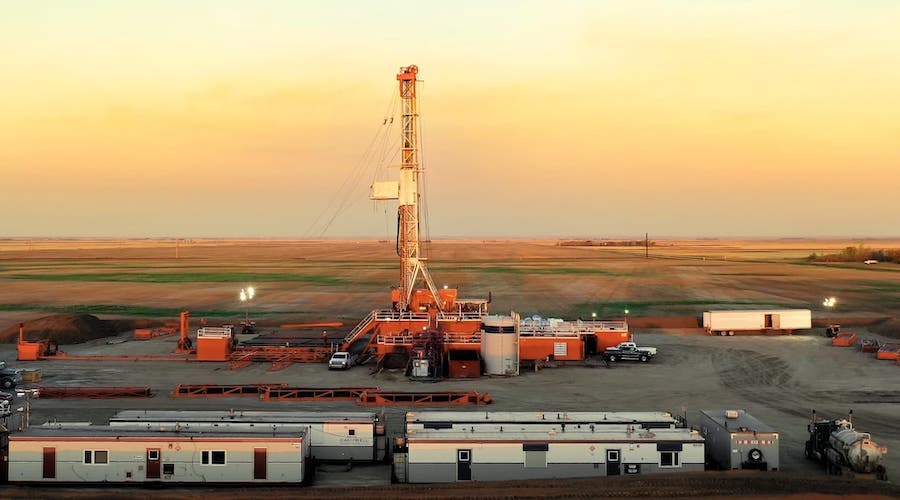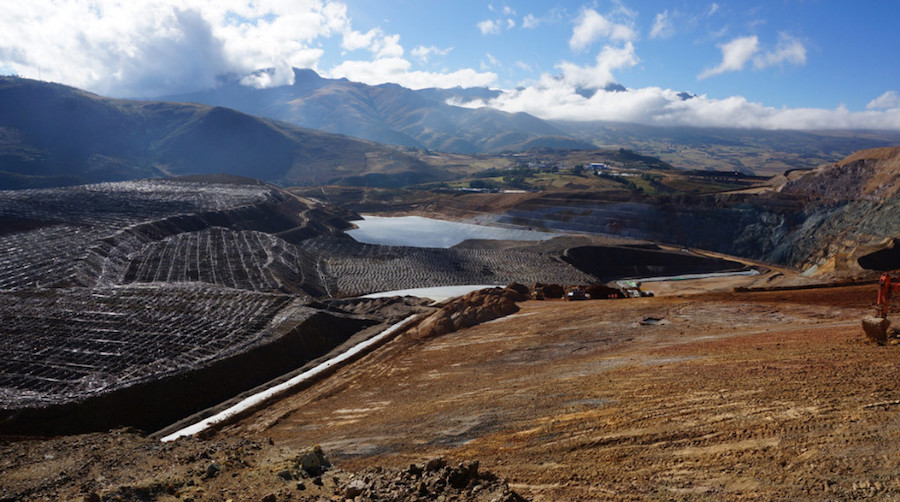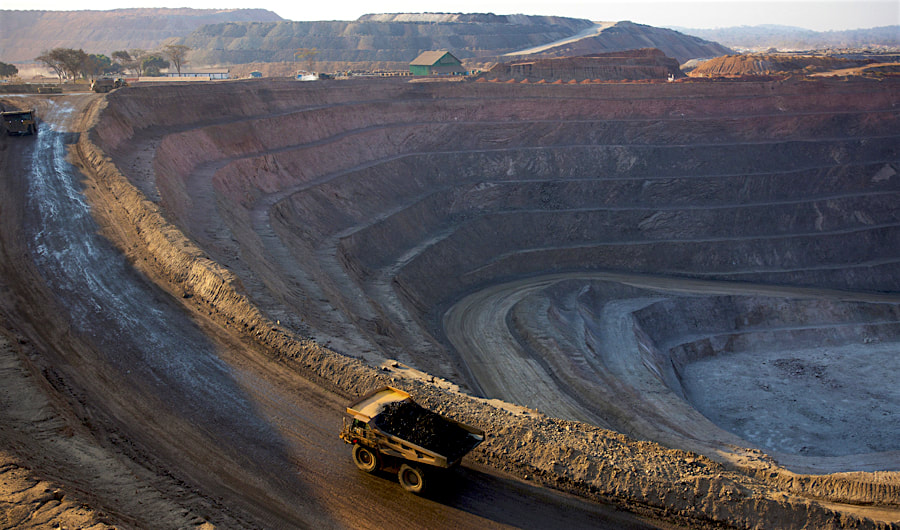U.S. Oil Industry Pumps Record Volumes with Fewer Workers
- The number of upstream and oilfield services jobs is flatlining and has started to fall.
- The hiring slump is not because production is falling.
- Efficiency and technological advances in fracking services, as well as the ongoing consolidation in the industry, have been pushing employment numbers lower this year.
While U.S. crude oil production breaks record highs, the number of upstream and oilfield services jobs is flatlining and has started to fall, indicating that America’s oil and gas producers are now “doing more with less” as efficiency and automation in the shale patch are rising.
The oil and gas sector still supports hundreds of thousands of upstream and services jobs and millions of associated jobs in the energy value chain and the hospitality industry.
However, the post-pandemic rebound in oil and gas hiring—after the 2020 crash and thousands of layoffs—may have run its course.
The hiring slump is not because production is falling. In fact, it continues to rise, although at a slower pace. It’s because the shale firms are now even more focused on efficiencies and cost controls so they can offer higher shareholder returns amid only slight increases in output.
Efficiency and technological advances in fracking services, as well as the ongoing consolidation in the industry, have been pushing employment numbers lower this year.
To be sure, the industry still employs many people directly and indirectly. Sector associations stress the importance of the contribution of oil and gas to the U.S. economy and job numbers.
For example, Midland, Texas, the unofficial capital of the top oil-producing shale play, the Permian, has the lowest unemployment rate in the state of Texas, and lower than the average U.S. unemployment, according to data from the Texas Workforce Commission.
However, oil and gas industry groups note that the sector is now doing more with less, keeping production high with fewer resources.
The U.S. oilfield services sector saw a decline of 2,926 jobs in May, according to data from the Bureau of Labor Statistics (BLS) analyzed by the Energy Workforce & Technology Council.
“While we are beginning to see some signs of a flattening job market within the oilfield services sector, we are also experiencing a continuation of record-breaking U.S. oil and gas production,” Energy Workforce President Molly Determan said in June, commenting on the decline in oilfield services employment.
“It’s clear that we are doing more with less, maintaining high productivity and innovation with fewer resources,” Determan added.
The U.S. Energy Information Administration (EIA) expects U.S. crude oil production to average 13.2 million barrels per day (bpd) this year, up from an average of 12.9 million bpd last year. In 2025, U.S. crude oil production is set to accelerate its growth and hit an average of 13.7 million bpd, per EIA’s latest Short-Term Energy Outlook (STEO) published this week.
Moreover, record Permian production and increased efficiency across the shale patch have prompted many U.S. oil producers to raise their output guidance, which could boost American production above the expectations of limited gains for this year.
U.S. oil production will grow much slower than in the past two years, but efficiency in drilling is driving output even as the number of active rigs falls.
Amid rising production, the latest employment data in the upstream sector in Texas indicates that exploration and production companies are boosting productivity and efficiency without necessarily growing workforce numbers.
In a cautionary note, the Texas Oil & Gas Association (TXOGA) said last month that data from the Texas Workforce Commission indicates upstream oil and gas employment fell again in June, marking 5 out of 6 months this calendar year that the job count has dropped.
“Operational efficiencies are driving strong production with fewer rigs, which can translate to declining industry job numbers,” TXOGA president Todd Staples said.
“Clearly, oil and natural gas companies are delivering more energy with greater efficiency and lower emissions than ever before.”
By Tsvetana Paraskova for Oilprice.com











